#DM Color
Explore tagged Tumblr posts
Text

My Pendulum Color arrived today!
I won't be opening it until Thursday, since I have two days off work then! That way I'll have the time to properly take a look at it!

Also with this one I now have 2 Digital Monsters (one DM20th), one DM Color, 3 DMX, 2 VBs (one BE) and one D-Power-Quest-Digivice!
Around April I'll get the Super Animation-D3-Digivice (Davis) and I preordered the Adventure-Animation-Quest-Digivice (Tais)!
#Digimon#Digimon VPet#VPets#Digital Monster#Digital Monsters Color#DM Color#DM20th#Digital Monsters X#DMX#Vital Bracelet#VB#D-Power#D-Arc#Mid Rambling
3 notes
·
View notes
Text

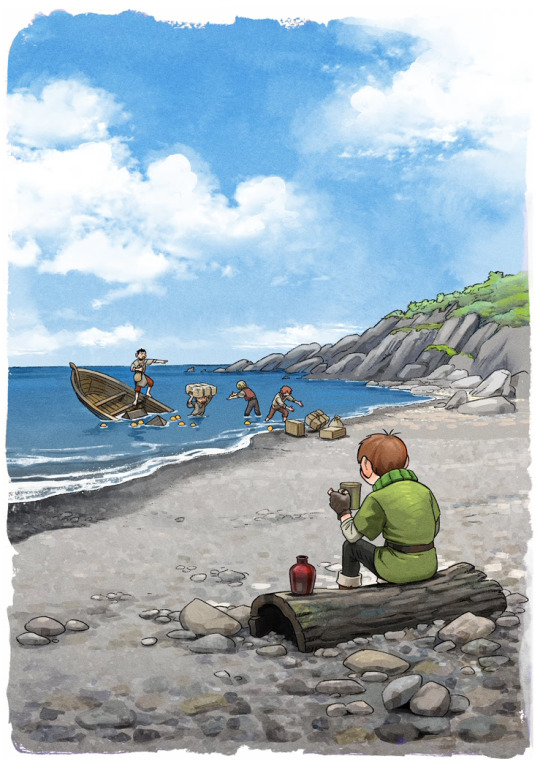
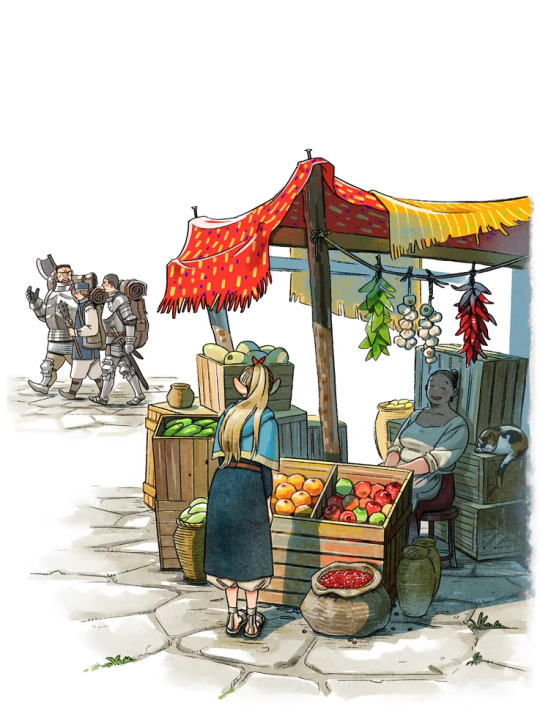
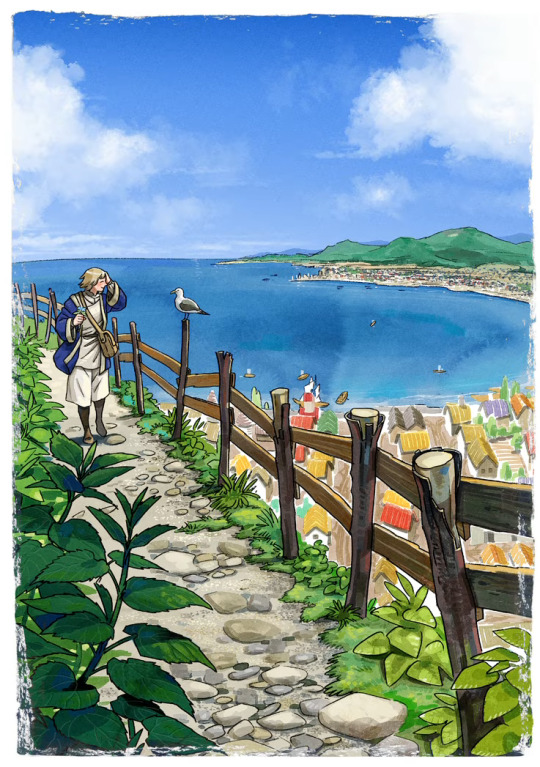
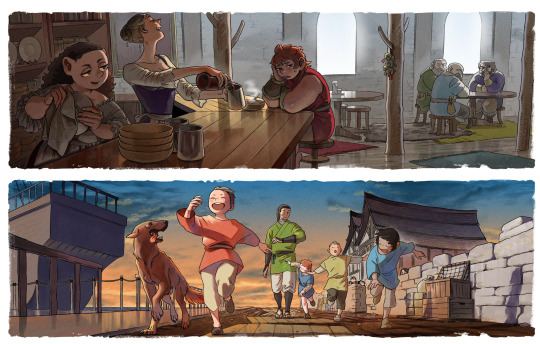
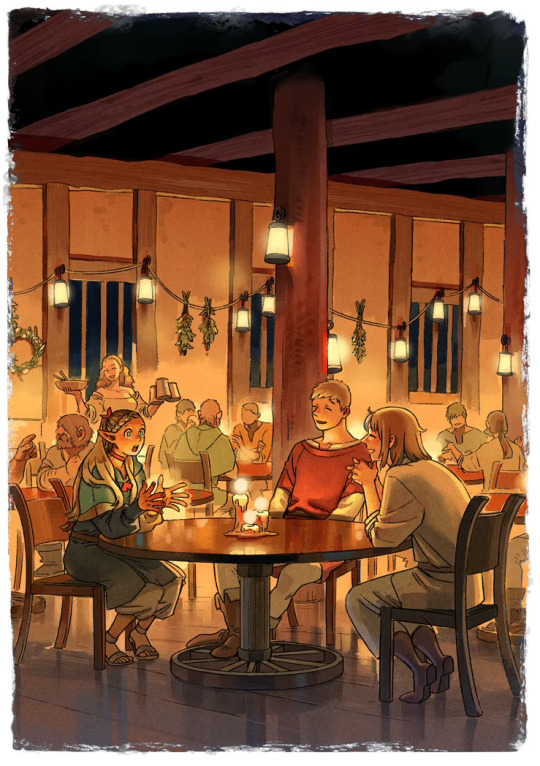
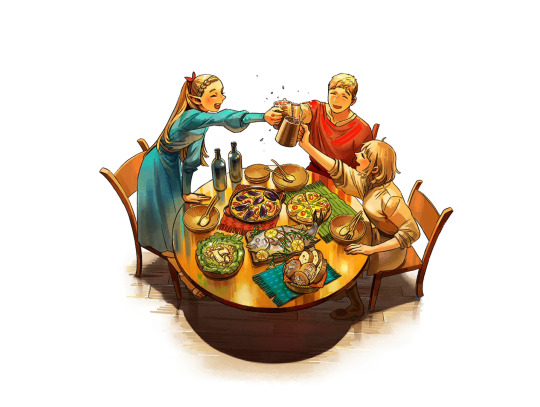
Dungeon Meshi Ending - 'Party!!' Drawings
[Part 1/2]
#dungeon meshi#delicious in dungeon#dm#laios#marcille#chilchuck#senshi#falin#shuro#namari#izutsumi#ryoko kui#i adore her coloring style her omg
23K notes
·
View notes
Text
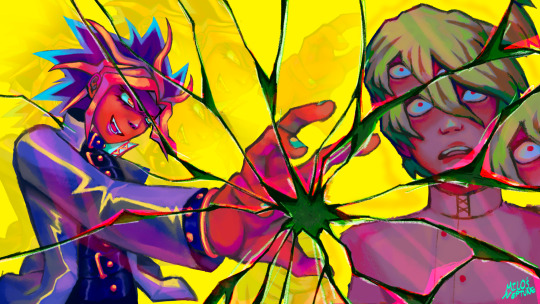
get MIND CRUSHED 💥💥
#ygo#ygo dm#yugioh dm#this is my son game hes king of games#yami yugi#yugioh#duel monsters#get mind crushed idiot#ygo season 0#ygo s0#why is kaibas face lowkey the best face ive ever drawn#also i love lime green kaiba. who let him dye his hair that color#my art#seto kaiba
1K notes
·
View notes
Text

get em pyro.. give the tall twink a big hug
and variations



#reb’s art#tf2 art#tf2#team fortress 2#tf2 pyro#tf2 scout#digital art#bright ass colors#again#i want pyro to hug me#i liked my last pyro drawing’s palette so i re used it lol#dm me if you want me to draw your oc getting hugged by pyro btw omg#will probably be a rough sketch
373 notes
·
View notes
Text
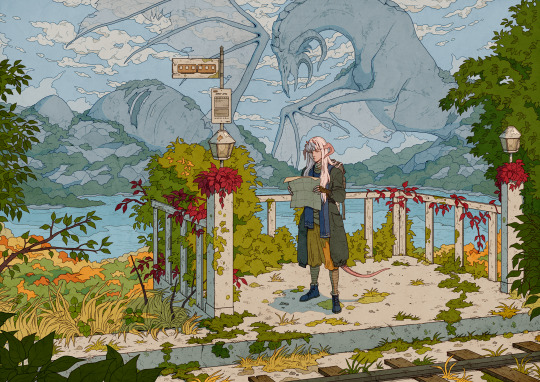
Traveller
#artists on tumblr#at it again with the detailed backgrounds#there's something so relaxing about drawing 49285947 leaves#it seems we've kind of skipped the colorful part of autumn here#went straight from summer hot days to winter depression grey#all of my DMs are on hiatus or travelling so no D&D for a couple of weeks#bless them all on their journeys and forays#i hope every DM is having a good day actually#thank u for your service
6K notes
·
View notes
Text

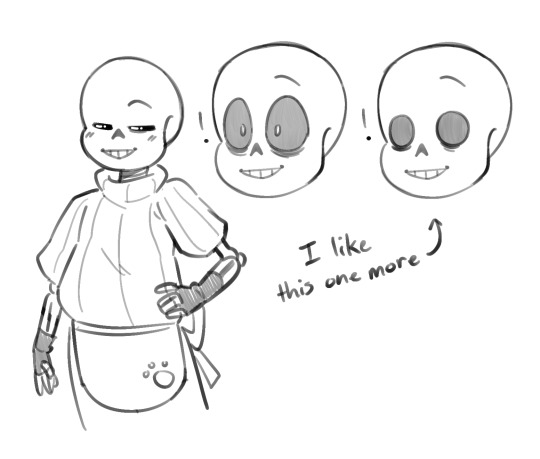

Exam week is coming up, so one last doodle dump before I go back to work
Killer belongs to rahafwabas
Color belongs to Superyoumna
Ccino belongs to black-nyanko
Doctor Megalo Sans belongs to ArtyRean on Twitter
(Suggestive but not really drawing below cut)
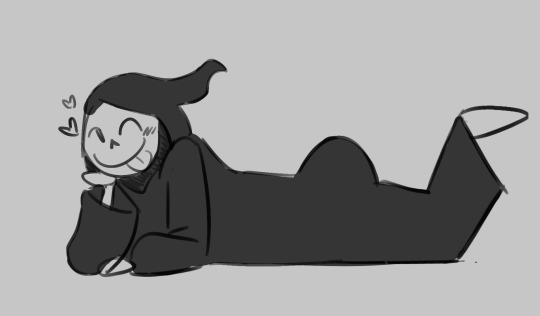
Reaper belongs to renrink
I was stressed and I needed to draw something funny
#art#utmv#killer sans#color sans#ccino sans#dm sans#doctor megalo sans#reaper sans#I wanted to make a whole post about my ccino headcanon but#I didn’t have time and I forgot#I was gonna talk about how he keeps his eyes closed cause he’s too tired#and he only opens them when he’s surprised or shocked
884 notes
·
View notes
Text

Yu-Gi-Oh! Dark Duel Stories Gameboy Color 1999
#gaming#retro gaming#video games#nostalgia#aesthetic#90s#1990s#pixel art#1999#konami#nintendo#gameboy#game boy#gameboy color#game boy color#yugioh#ygo#ygo dm#yugi muto#yugi mutou#dark duel stories#late 90s#tcg#yu gi oh#yugioh duel monsters#yugioh dm
737 notes
·
View notes
Text
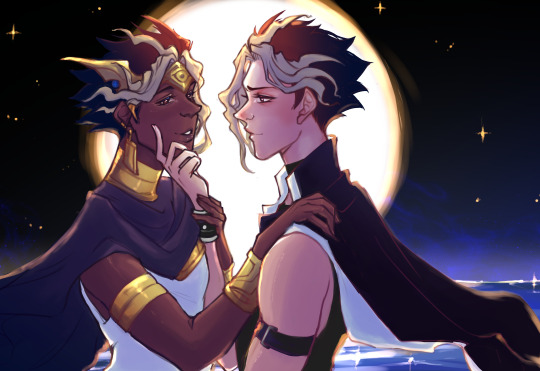

I have a busy month ahead of me so my contribution to this fandom event was in the form of the banners :3
For @monarchmobiummarch event page. Thanks for the opportunity!
#yugioh#my art#yugi mutou#pharaoh atem#yami yugi#mobiumshipping#monarchshipping#ygo dm#i colored something again yipppeeeeee#monarchmobiummarch2025
206 notes
·
View notes
Text
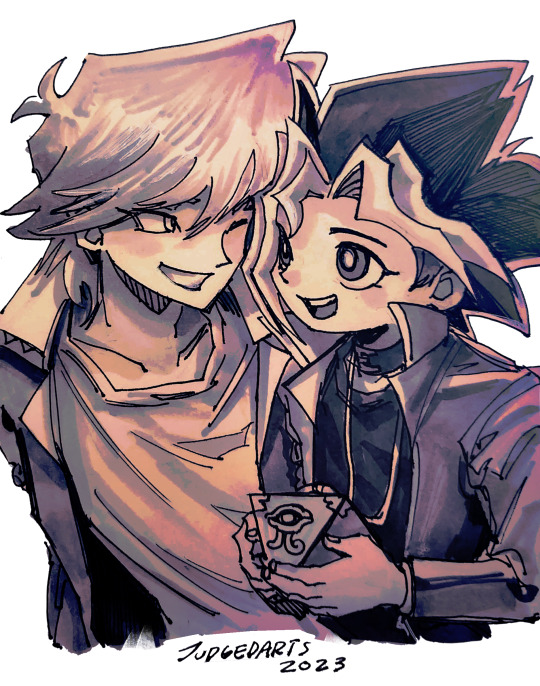
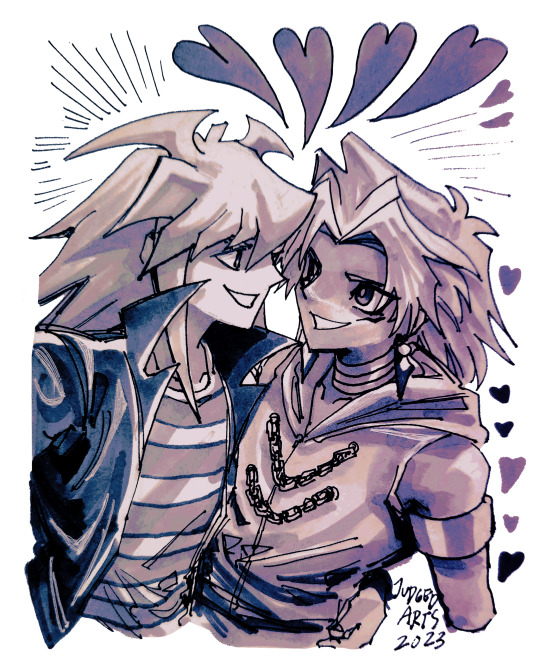

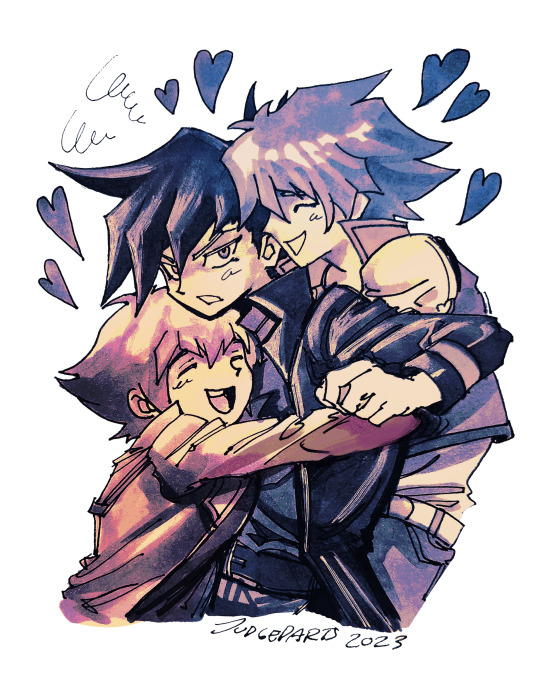
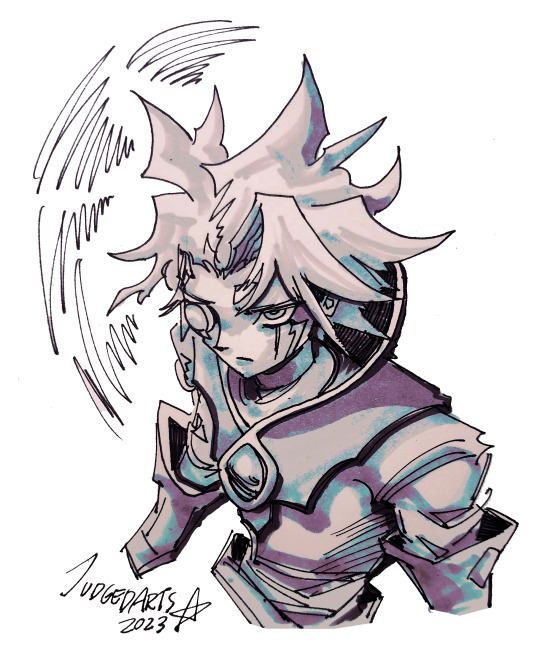
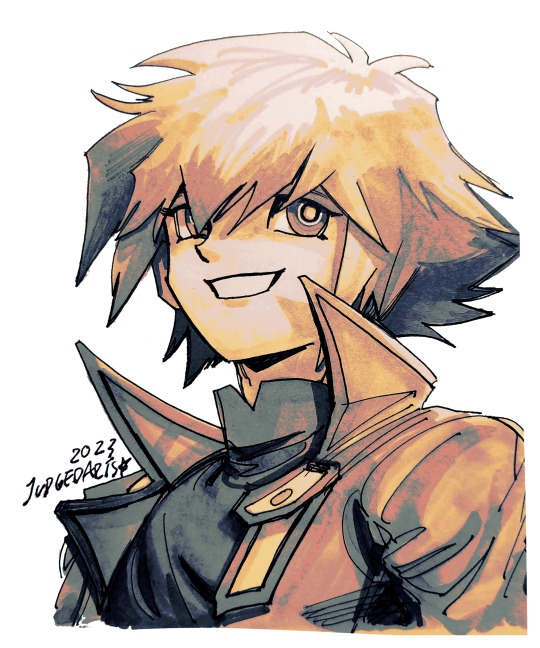
made some holiday cards for a couple of my ygo friends!
#yugioh#duel monsters#ygo dm#ygo gx#ygo 5ds#wishshipping#thiefshipping#kaibabros#the colors don't look this nice in person thank you csp gradient maps
1K notes
·
View notes
Text
I noticed, how hard it is, to get the desired Ultimate/Mega you want in the DM Color. Since there are so less Ultimates but so many Champions in comparision. If you want a specific Ultimate you have to be specific with the Champion you go for and if you fail, you're stuck with a Digimon you might already have. (I have Machinedramon already on my DM Color Green and wanted to try to go for Gaioumon, but I got Devidramon as my second Champion instead of Raremon, so I would just get Machinedramon again. Not being able to keep track of the Caremistakes you make, makes it a lot more difficult too.
#Mid Rambling#Digimon#Digital Monster#Digital Monster Color#DM Color#Tamagochi#V-Pet#Machinedramon#Gaioumon#Devidramon#Raremon
0 notes
Text
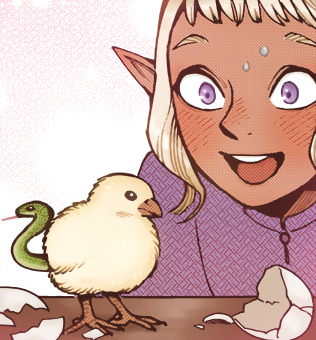
10K notes
·
View notes
Text
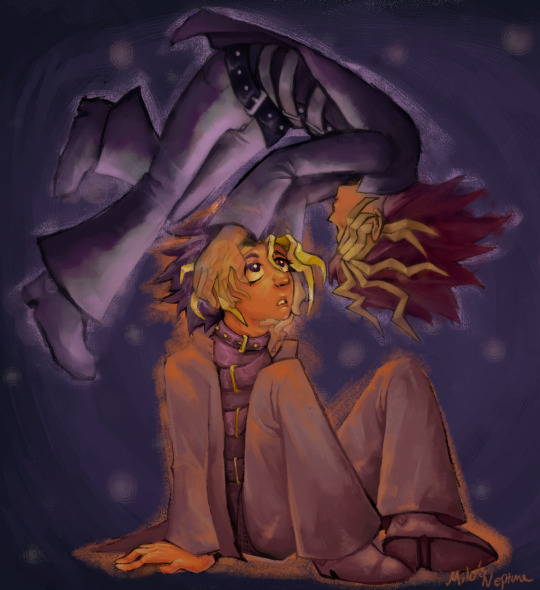
warmth
#this is my son game hes king of games#yami yugi#ygo#ygo dm#yugi muto#yugioh#yugioh dm#i think i pooped off with the colors#puzzleshipping#my art
727 notes
·
View notes
Text
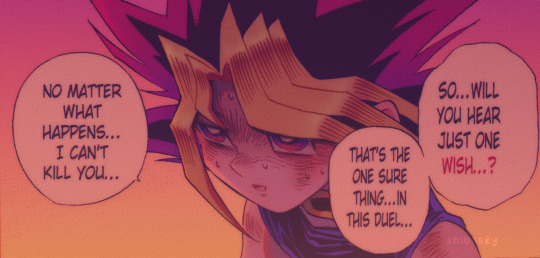
i missed coloring manga panels,,,,,
636 notes
·
View notes
Text
Adding Texture Into Your Campaign
What is Texture?
I'm talking about all of the little details that add up to create a complete description. Texture is the color of a sword's hilt, the sound of distant rumbling thunder, or the smell of baked pies as one passes through a village. It's knowing the reason why the villain is so villainous, and hinting at secrets that are never revealed. Everything that makes the world feel like a place where people live, rather than just an exercise in problem-solving.
Chances are, you already have some texture in your game. If you are running a pre-published adventure or world, there are almost certainly many little details that you normally don't see in your homebrew adventures. The goal is to add enough texture into your game so that your players won't notice the difference between a store-bought adventure and a homebrew.
I use the word "texture" for these details because for me, they are the difference between a flat, predictable description and one that is alive and vibrant. When adding details to your game, your goal should be to have enough volume so that the descriptions blur together into a patina of verbal imagery.
Texture cannot exist in a vacuum; if one part of an image has texture and the remainder does not, it will be obvious. Players should not be able to pick out what is important to their plot based on the level of detail in your description. For example, pretend your DM gave you the following description:
You enter the wizard's study. There are some bookcases, a desk, and a chair. There are books all over the place, and a single red quill pen, eight inches in length, stands in a brass pot of ink on the desk.
Nine out of ten players will go immediately for the pen. Why? Because it was the only item in the room truly given texture. The rest of the area was painted in only in the broadest of strokes. If the DM was trying to set that quill up as a clue of some kind, he has now robbed the players of the opportunity to discover that on their own. Now, consider the following alternative:
You enter the wizard's study. A musty smell fills the air, and swirls of dust follow you as you move. A pair of oak bookcases sit on opposite sides of the room, each filled with leather-bound tomes in assorted shades of brown. On the left bookcase, one shelf has broken, spilling its contents over the shelf below and onto the floor. A massive desk, at least seven feet in length, fills the center of the room, with dozens of tiny brass-handled drawers. A large book lies open on the desk, near a single red quill pen, eight inches in length, standing in a brass pot of ink.
The DM has given the exact same description of the pen, but has instead hidden its importance by giving detailed accounts of the room's furnishings. He knows that the only important clue in the room is the pen, but the players do not. Their actions will thus deal with the entirety of the room rather than the metagame thinking that would lead them to the pen. One might decide to check out the broken bookshelf, another might want to check the desk drawers. If they eventually look at the pen and discover its relevance, they will feel that much more of a sense of accomplishment.
This example also illustrates one of the key features of texture: it is most often irrelevant. In other words, if the players have a mission to accomplish, most of the texture you put into your descriptions will have no direct bearing on that mission. But that's the point; if I go to mail my phone bill, the fact that I pass a parked police car on the way to the mailbox isn't important. It does, however, tell me something about the immediate area and what might be going on there. This is why adding texture to your game creates the illusion of reality; you are basically giving players proof that the world is turning with or without them.
Here are 5 simple ways you can add texture to a room or character description:
Color: People spend a lot of energy making sure the things they own are a pleasing color. Anywhere intelligent beings live, there is the opportunity for changing the color of the walls, the doors, the furniture, the upholstery, the curtains, etc. Of course, natural settings can also have a bewildering variety of unexpected color. Why talk about a tree when you can talk about an ancient, grey-barked tree with green mossy overgrowth climbing its branches?
Brokenness: Things break, often. Whether they have been repaired or not is a good indicator to the players about the level of attention a room receives. How well they are fixed might also be a clue; if the bookshelf was propped up with another book but generally left broken, it says that the owner doesn't care too much.
Juryrigging: Spaces are often not used in the manner for which they were designed. People tend to adapt a room or object to the purpose they require, rather than the crafter's intent. This is especially true of dungeons, where the current inhabitants almost certainly did not build the place. Think about how they may have altered the room's purpose, and what changes they might have made as a result.
Bodily Functions: Living creatures need to eat, sleep, eliminate, and possibly mate. If you set up a monster's lair in a location where the occupant cannot realistically achieve all of these needs, it will be far less believable. Likewise, NPCs also need to fulfill these functions, and often at the worst possible time.
Scars: Creatures who are surviving in the wild or who fight regularly should be scarred, especially if they do not have access to healing magic. Scars hint at a story that the player's don't know; they imply that the creature has lived an entire life up to the point when it appears "on screen". An Owlbear with a jagged scar across its beak is more memorable, and perhaps more fearsome, than one without.
Those are just my opening thoughts on the subject. I'll be posting more examples of Campaign Texture in the future. In the meantime, dm me! I'd love to hear about descriptions from your campaign of which you are particularly proud of!
#dungeons and dragons#dnd#dnd art#dnd oc#dnd character#dnd5e#dnd 5e#cleric#paladin#half orc#tips and tricks#tips and advice#how to#texture#vibrant#colour#green#interesting#fascinating#stories#tumblr stories#blog#dungeons and drawings#diy#dm me#dms open#send me dms#color#colorful#colors
181 notes
·
View notes
Text

Yu-Gi-Oh! Dark Duel Stories Gameboy Color 2000
#gaming#retro gaming#video games#nostalgia#aesthetic#pixel art#nintendo#konami#ygo#yu gi oh#yugioh#tcg#y2k#2000#yugioh tcg#duel monsters#y2kcore#early 2000s#y2k aesthetic#ygo dm#dark duel stories#gameboy color#gbc#anime#marik#marik ishtar#yami marik#millennium rod#marik yugioh
485 notes
·
View notes
Text
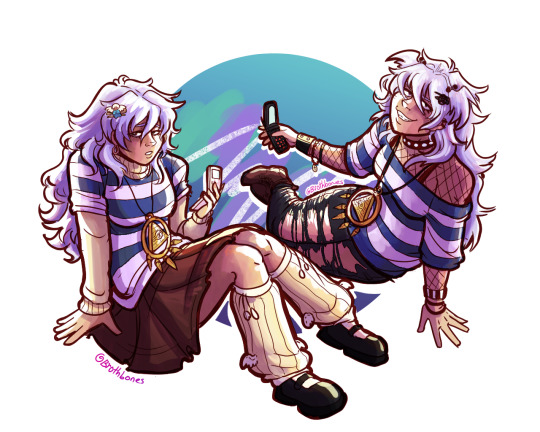
who up fucking with they gender
#yugioh#yugioh dm#genderbend#rule 63#bakura#yami bakura#ryou bakura#funny that half of the colored works I have on this account are bakura drawings#i swear I color other things#artbones#yuri-oh
294 notes
·
View notes